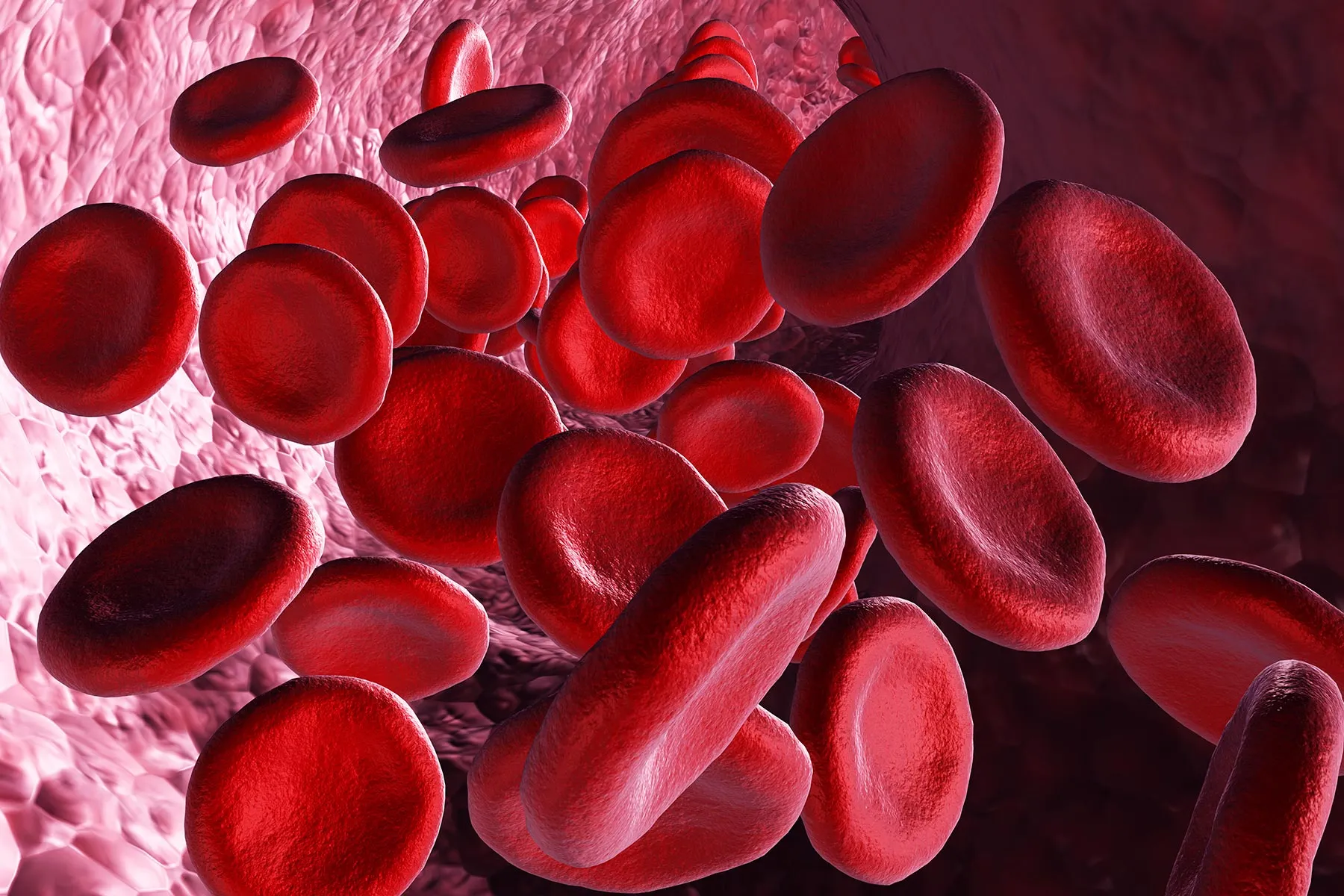March 20, 2023 — When a bacterial infection reaches the bloodstream, every second is critical. The patient’s life is on the line. Yet blood tests to identify bacteria take hours to days. While waiting, doctors often prescribe broad-spectrum antibiotics in hopes of killing whatever germ may be at fault.
Someday soon, that wait time could shrink significantly, allowing health care providers to more quickly zero in on the best antibiotic for each infection — thanks to an innovation from Stanford University that identifies bacteria in seconds.
The cutting-edge method relies on old-school tech: an inkjet printer, similar the kind you might have at home, except this one has been modified to print blood instead of ink.
This “bioprinter” spits out tiny drops of blood quickly — more than 1,000 per second. Shine a laser on the drops – using a light-based imaging technique called Raman spectroscopy — and the bacteria’s unique cellular “fingerprint” is revealed.
The very small sample size – each drop is two trillionths of a liter, or about a billion times smaller than a raindrop — make spotting bacteria easier. Smaller samples mean fewer cells, so lab techs can more swiftly separate the bacterial spectra from other components, like red blood cells and white blood cells.
To boost efficiency even more, the researchers added gold nanoparticles, which attach to the bacteria, serving like antennas to focus the light. Machine learning – a type of artificial intelligence — helps interpret the spectrum of light and identify which fingerprint goes with which bacteria.
“It kind of wound up being this really interesting historical period where we could put the pieces together from different technologies, including nanophotonics, printing, and artificial intelligence, to help accelerate identification of bacteria in these complex samples,” says study author Jennifer Dionne, PhD, associate professor of materials science and engineering at Stanford.
Compare that to blood culture testing in hospitals, where it takes days for bacterial cells to grow and multiply inside a large machine that looks like a refrigerator. For some bacteria, like the kinds that cause tuberculosis, cultures take weeks.
Then further testing is needed to identify which antibiotics will quell the infection. The new technology from Stanford could accelerate this process, too.
“The promise of our technique is that you don’t need to have a culture of cells to put the antibiotic on top,” says Dionne. “What we’re finding is that from the Raman scattering, we can use that to identify — even without incubating with antibiotics — which drug the bacteria would respond to, and that’s really exciting.”
If patients can receive the antibiotic best suited for their infection, they will likely have better outcomes.
“Blood cultures can typically take 48 to 72 hours to come back, and then you base your clinical decisions and adjusting antibiotics based on those blood cultures,” says Richard Watkins, MD, an infectious disease doctor and professor of medicine at the Northeast Ohio Medical University. (Watkins was not involved in the study.)
“Sometimes, despite your best guess, you’re wrong,” Watkins says, “and obviously, the patient could have an adverse outcome. So if you can diagnose the pathogen sooner, that is ideal. Whatever technology enables clinicians to do that is definitely progress and a step forward.”
On a global scale, this technology could help reduce the overuse of broad-spectrum antibiotics, which contributes to antimicrobial resistance, an emerging health threat, says Dionne.
The team is working to develop the technology further into an instrument the size of a shoebox and, with further testing, commercialize the product. That could take a few years.
This technology has potential beyond bloodstream infections, too. It could be used to identify bacteria in other fluids, such as in wastewater or contaminated food.
https://img.webmd.com/vim/live/webmd/consumer_assets/site_images/article_thumbnails/video/363113_01_basics_polycythemia_vera_video/1800x1200_medical_illustration_blood_bacteria_red_flow_01_other.jpg
2023-03-20 19:29:49





